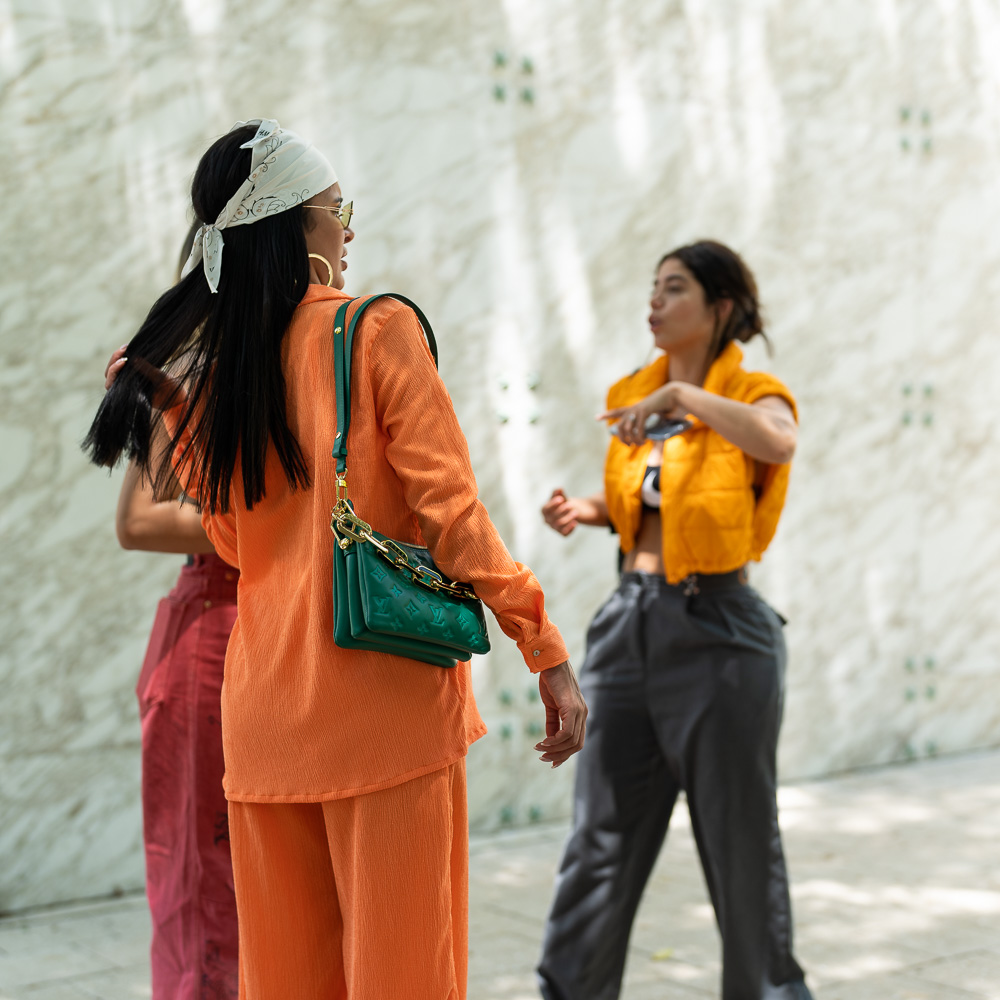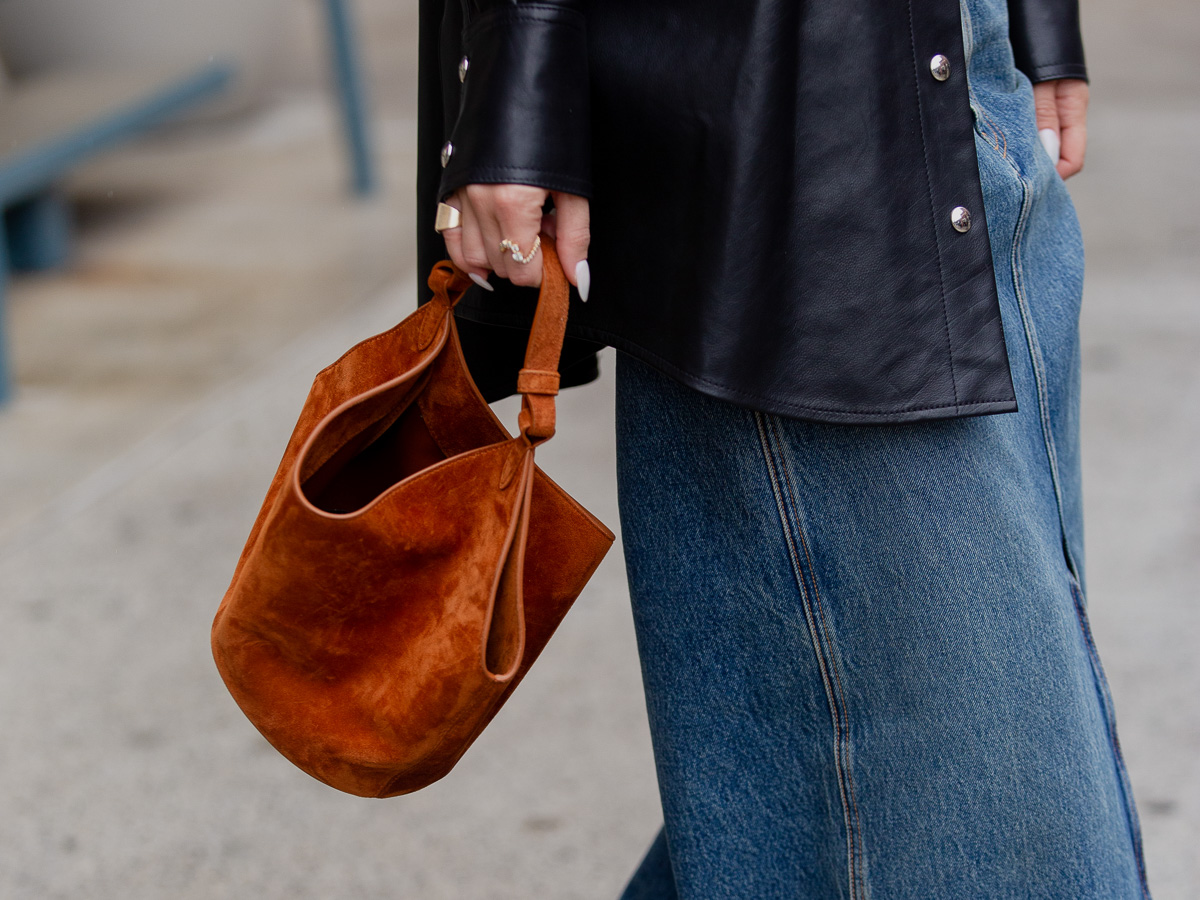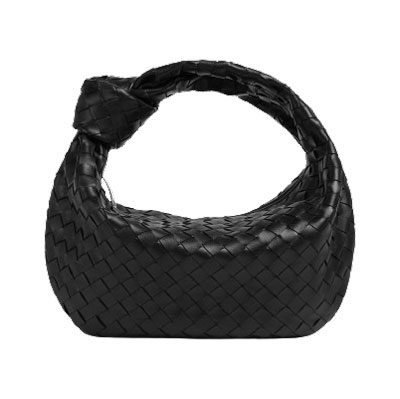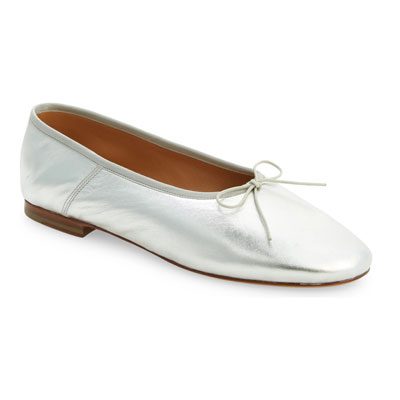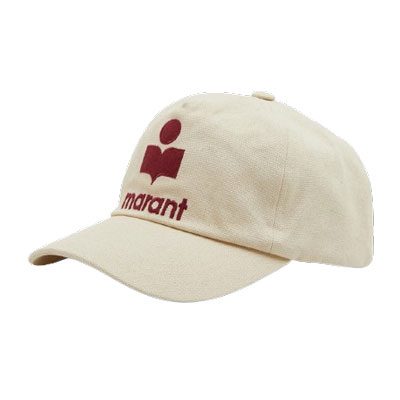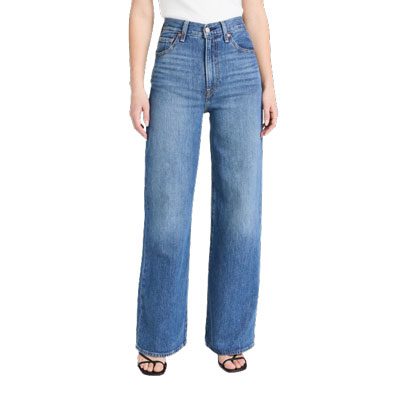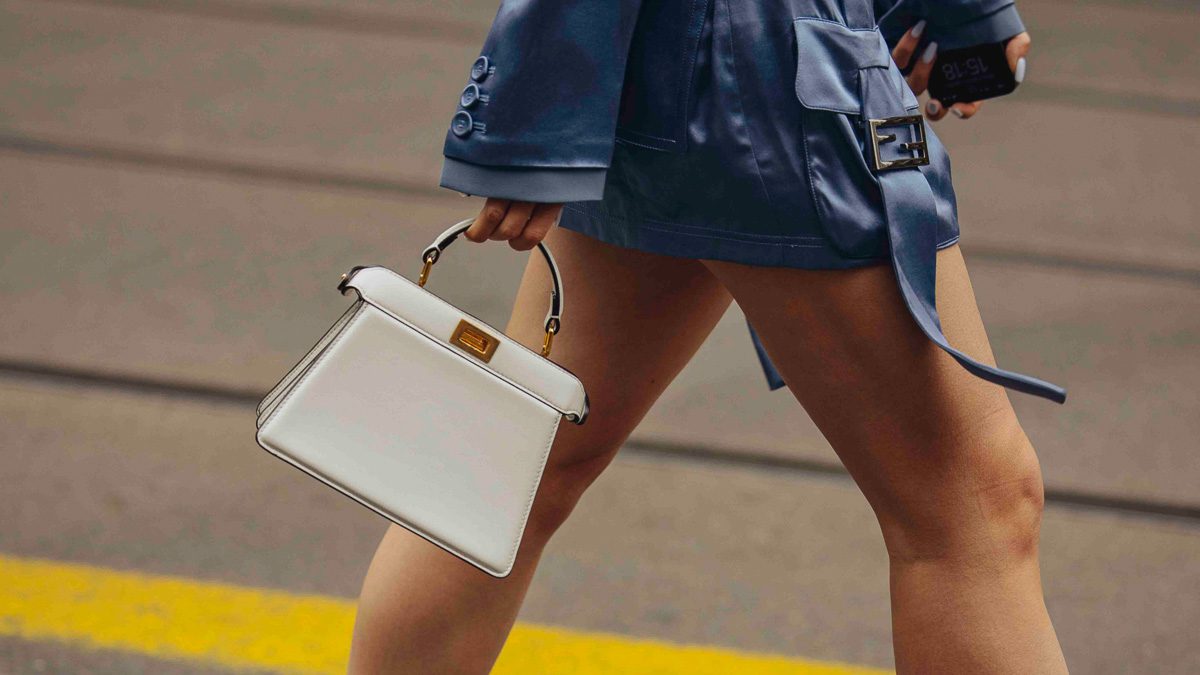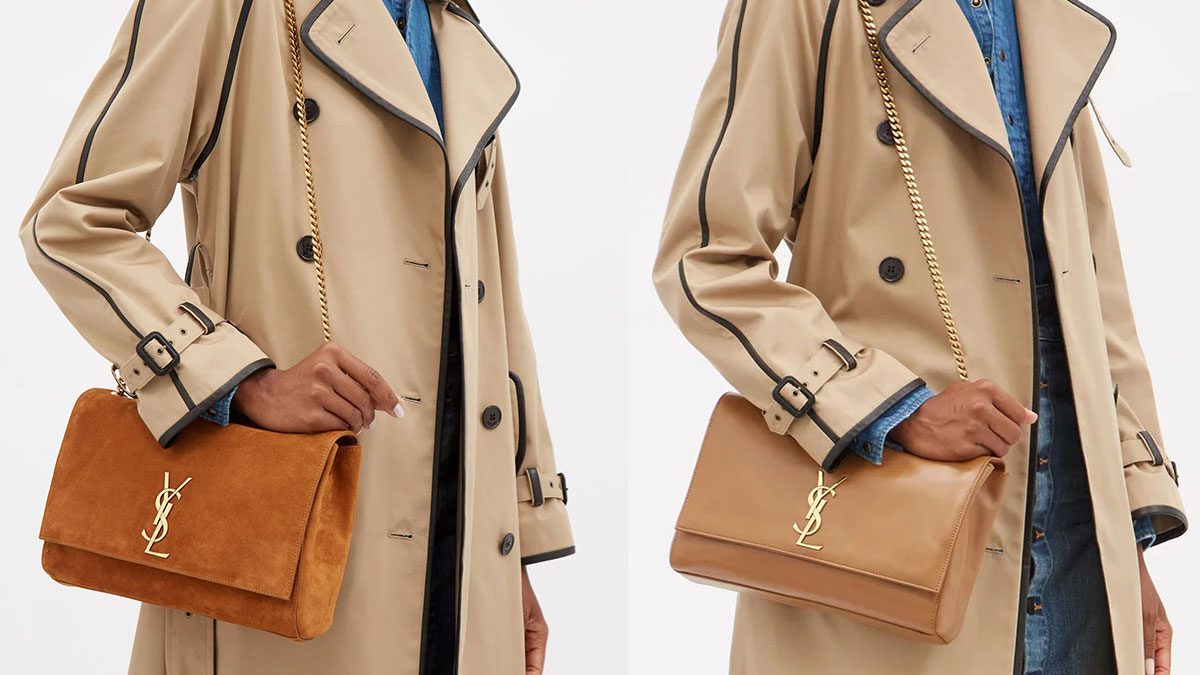Don’t you just love collecting handbags? I know I do! And for purse-lovers such as ourselves, nothing is perhaps a higher form of validation than a wardrobe full of our prized arm candies (bonus, if said closet is of the walk-in variety!). But while our favorite pastime, accumulating purses also constitutes a learning curve.
Think about it, you only discover what you love once you’ve amassed a sizeable collection. There will always be that one purse that’s simply more comfortable to carry or perhaps better suited to your needs and hence, just a little more quintessentially you. And with that also comes the inevitable realization that you don’t love some of your pieces as much as you’d like. Mistakes, therefore, are bound to happen, and given the rather expensive nature of our hobbies, some can be pretty costly too!
Consequently, buyers typically feel safer splurging their hard-earned dollars on a heritage brand, i.e., one that they recognize and one that, owing to its reputation, is likely to earn them back much of their “investment” if things went south. The downside of this, however, is that indie designers – independently-owned small-to-medium-sized enterprises – have a tough time surviving in the market.
It is by the force of their famous names – or in the case of fashion, monograms – that established luxury conglomerates have traditionally driven sales. But must a logo be exclusively confined to the realm of heritage brands?
Why Buy Logos Anyway?
Do you find logos to be chic, or are they gauche? Do they telegraph wealth, or are they meant to solely satisfy those at the lower echelons of the luxury ladder? What would you even classify as a logo? Aside from the usual Louis Vuitton, Dior, and Gucci monograms, do Chanel’s interlocking CCs or Saint Laurent’s cascading initials count?
So many questions and very few answers. In fact, rarely is a subject in high fashion as divisive as monograms, with feelings flaring up from both sides. While some adore the texture and opulence of a heritage logo, others refuse to serve as a walking advertisement for a conglomerate (and God forbid if you mix and match more than one brand!). Predominantly though, monograms tend to draw the most flak based on their aspirational pricing – and consequent accessibility, a dilemma designers too have begun to address in recent years.
But if you look carefully, you’ll notice that much of the logo lexicon is primarily centered on a handful of established luxury houses with longstanding reputations. Embodying a particular Y2K aesthetic, these big names continue to profit from the monogram-nostalgia, their oversaturated logo-emblazoned offerings cropping up season after season and still managing to sell like hotcakes!
When it comes to monograms, why do only certain highly-pedigreed brands fare better than indie labels?
The Rise of the No-Logo Indie Brand
From a company’s standpoint, the appeal of a logo print is manifold. As an obvious marketing hook, they proclaim a user’s loyalty to the brand and theoretically inspire more users to do the same. Plus, it’s also meant to act as a differentiating point, helping to make the designer more distinctive from its counterparts. Or at least, that’s what brands hope.
However, monograms have come to signal sloppy design techniques more often than actual craftsmanship; many brands are going so far as to plaster their initials over designs imitated by their competitors. And at the end of the day, logomania is a rather overpowering trend, and trends are short-lasting by their very nature.
Enter: the no-logo indie bag. The indie names of the Y2K had largely focused on manufacturing hardware-heavy dupes of the reigning it-bags, catering to a young, casual audience and, consequently, lacking a unified, tasteful aesthetic. All that changed, however, with Mansur Gavriel, whose lineup of polished and understated bucket bags, paired with a strong Instagram presence and an element of mystique – arising from the near-complete absence of branding – seriously catered to a hitherto-untapped market within the three-figure price-tag.
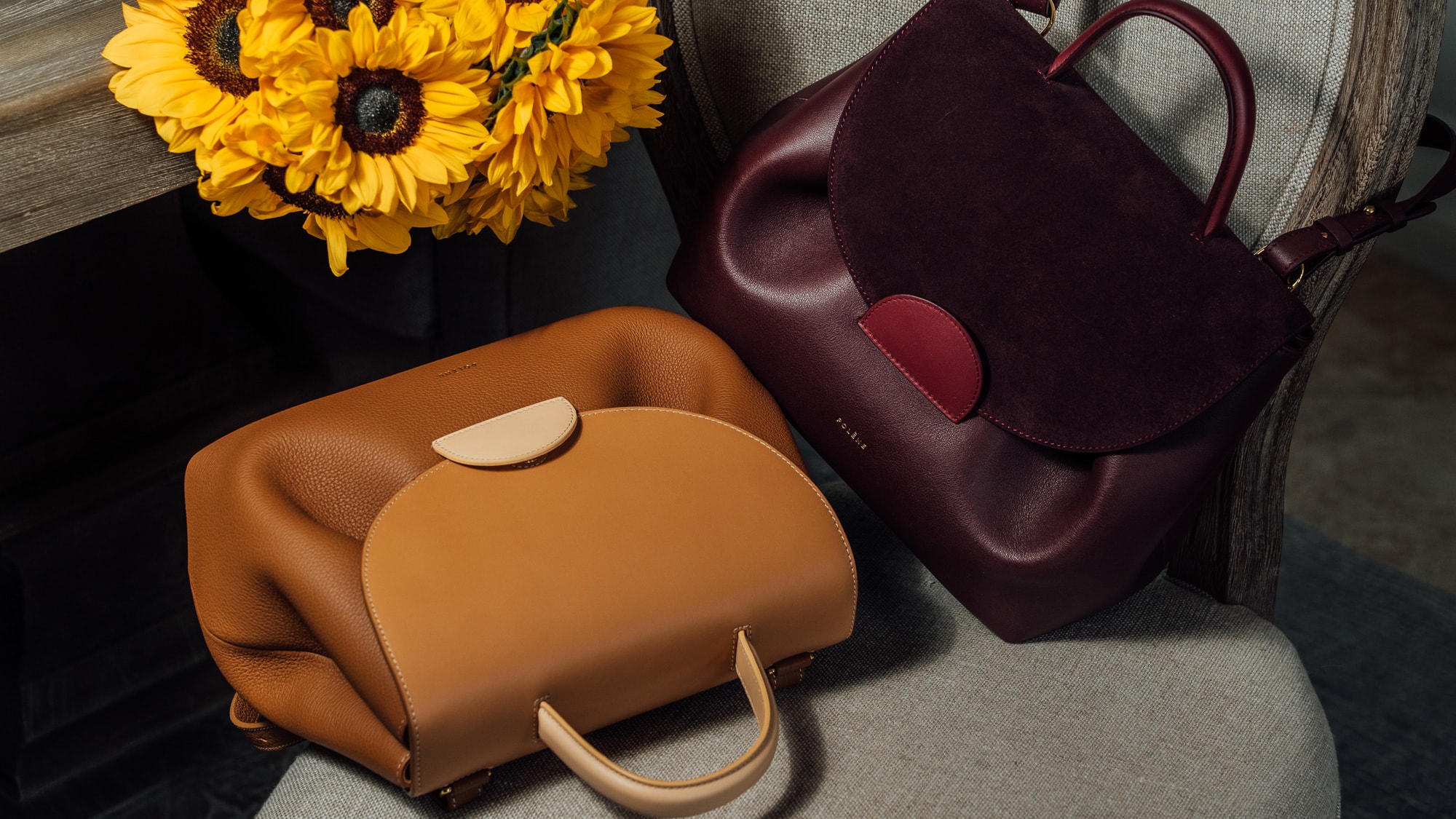
Following MG’s footsteps, a slew of new labels arose, from the likes of Polène, Staud, and Danse Lente within the contemporary segment to Acne Studios, Khaite, and Métier London at the more premium end, all with their distinct creative visions, but share one trait – the absence of a monogram. And it is this element that they used to their advantage, capitalizing on social media microtrends while offering handbags that, to consumers, had a lot more persona in a market flooded with mass-produced heritage logos. Marshal Cohen of The NPD Group mirrored the sentiment to CNBC: “Consumers want to be one in a million, not one of a million.”
Forego the Logo?
If the recent resurgence of quiet-luxury labels, such as The Row and Old Céline, is anything to go by, the no-logo trend will likely persist for quite a few years into the foreseeable future. But does that mean indie brands should leave monograms solely for their hedgefund-backed counterparts? Not necessarily.
When fashion is ready to swing back again towards logomania, for instance, small brands may still benefit from developing a distinct pattern that acts as a unique identifier for them. The “non-logo logo” spans everything from recognizable hardware and prominent handle placements (as seen on Luar purses) to printed/painted motifs, like Goyard or Fauré Le Page totes. In many instances, such embellishments may provide just the right amount of allure and if-you-know-you-know appeal compared to an outright monogram.
And developing specific, marketable monograms, particularly for indie brands, comes with risks. Additionally, small brands often can’t always afford to seek trademark protection for a logo, leaving them vulnerable to our old enemy – counterfeiting.
However, it is against all these odds that today’s indie brands have risen to stardom. Some have successfully incorporated overt branding – Telfar’s zany logo comes to mind. Others, such as Mansur Gavriel, have experimented with monograms and failed. But at the end of the day, small brands may be allowed to feel a certain degree of schadenfreude because the logo print itself has become a bane for heritage brands, like Louis Vuitton, who are now struggling to keep up their exclusive image. And in light of that, indie purses, with their excellent craftsmanship, photogenic aesthetics, and often lower price points, may seem more worthwhile.

